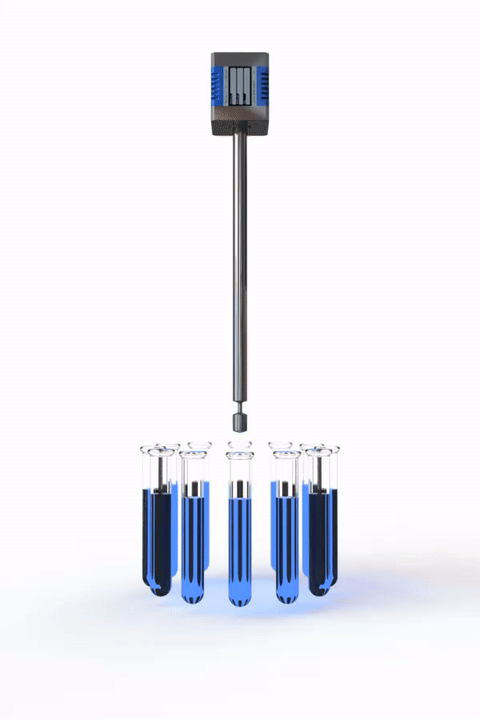
But because it requires a high degree of skill to perform and has potentially serious risks, it's usually done when other tests fail to provide a definite diagnosis. It's the most accurate way to diagnose a pulmonary embolism. This test provides a clear picture of the blood flow in the arteries of your lungs. This test can be used to see if blood clots are causing symptoms of pulmonary hypertension. The tracer maps blood flow, called perfusion, and compares it with the airflow to your lungs, called ventilation. In this test, a small amount of a radioactive substance called a tracer is injected into a vein in your arm. When there is a need to avoid radiation exposure or contrast from a CT scan due to a medical condition, a V/Q scan may be done. In some cases, contrast material is given through a vein in the hand or arm during the CT scan to outline the pulmonary arteries. CT pulmonary angiography - also called a CT pulmonary embolism study - creates 3D images that can find changes such as a pulmonary embolism within the arteries in your lungs. CT pulmonary angiographyĬT scanning generates X-rays to produce cross-sectional images of your body. If clots are present, treatment likely will be started immediately. The absence of clots reduces the likelihood of deep vein thrombosis. These waves are then reflected back to the transducer to create a moving image on a computer. This test can look at veins in the thigh, knee and calf, and sometimes the arms.Ī wand-shaped device called a transducer is moved over the skin, directing the sound waves to the veins being tested. UltrasoundĪ noninvasive test known as duplex ultrasonography, sometimes called a duplex scan or compression ultrasonography, uses sound waves to scan veins to check for deep vein blood clots. Although X-rays can't diagnose a pulmonary embolism and may even appear fine when a pulmonary embolism exists, they can rule out other conditions with similar symptoms.

This noninvasive test shows images of your heart and lungs on film. In addition, blood tests may be done to determine whether you have an inherited clotting disorder. A clot in a blood vessel in your lungs may lower the level of oxygen in your blood. High levels may suggest an increased likelihood of blood clots, although many other factors can cause high D dimer levels.īlood tests also can measure the amount of oxygen and carbon dioxide in your blood. Your health care provider may order a blood test for the clot-dissolving substance D dimer.


 0 kommentar(er)
0 kommentar(er)
